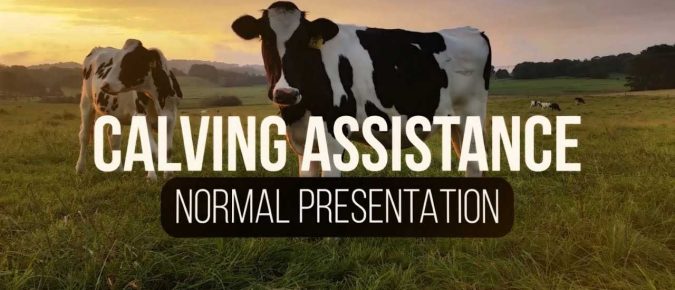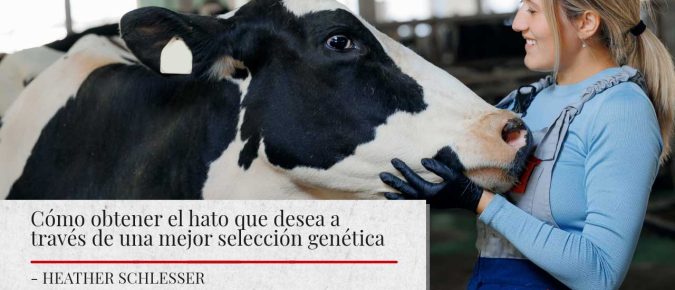Esta hoja informativa le ayudará a asistir al ternero y a la vaca en su recuperación tras un parto difícil (distocia). Proporcionar cuidados después del parto tras una distocia marca una gran diferencia para la madre y su ternero.
While other articles discuss when and how to deliver calves, this one helps you assist the calf and cow in recovering from a difficult calving (dystocia). Providing post-calving care following dystocia makes a huge difference for the dam and her calf.
En este seminario, explicaremos los temas fundamentales para entender el ciclo estral bovino.
In this video Ryan Sterry and Heather Schlesser discuss proper semen handling to enhance breeding success in dairy cows.
Webinar on dairy heifer reproduction: hormone timing, synchronization protocols, and genetic strategies to optimize fertility and farm profitability.
Dr. Paul Fricke moderates a Wisconsin dairy farmer panel consisting of David Jauquet, Mike Martin, Jeff McNeely, and Chuck Ripp. These dairy farmers give highlights of protocols used on their dairies that help them achieve higher fertility success.
The birthing process in cattle consists of three stages: cervix dilation, calf delivery, and placenta delivery, each requiring monitoring for potential intervention.
Understanding calf presentation during delivery is crucial for safe assistance; examine for anterior or posterior positions and seek veterinary help if needed.
Abnormal calving presentations in cattle require careful examination and manipulation to ensure safe delivery.
Properly using snares and chains is essential for safely assisting in calf delivery, ensuring correct application to avoid harm.
La cría de vaquillas es una de las áreas más costosas de la granja. Desde el día en que estos animales tocan el suelo hasta que paren, son una carga monetaria para la granja. Por lo tanto, hacer que estos animales parieran de la manera más eficiente posible tiene sentido.
Elegir animales para su granja es una de las decisiones más importantes que puede tomar para mejorar la rentabilidad a largo plazo.


















